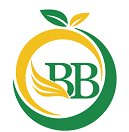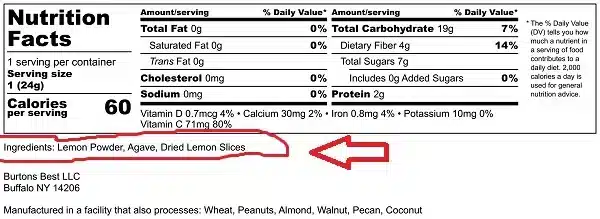In recent years, a significant shift has been taking place in the food industry, driven by growing consumer awareness and demand for healthier, more transparent products. This movement, known as “clean labeling,” focuses on providing clear, straightforward information about what goes into the foods we eat. Clean labeling is not just a trend but a response to the increasing desire for simplicity and honesty in the ingredients used in our food and beverages.
What Is Clean Labeling?
Clean labeling is about transparency and simplicity. It means using minimal, recognizable ingredients that consumers can easily identify and understand. Products with clean labels avoid artificial additives, preservatives, colors, and flavors. They prioritize natural, whole-food ingredients and are free from unnecessary chemicals and fillers.
The idea behind clean labeling is straightforward: if you can’t pronounce it or don’t know what it is, it probably shouldn’t be in your food. This approach helps consumers make informed choices about what they are putting into their bodies, promoting a healthier lifestyle and greater trust in the brands they choose.
The Rise of Clean Labeling
The movement has gained momentum as consumers become more health-conscious and interested in where their food comes from. Several factors have contributed to this shift:
- Health Concerns: As awareness grows about the potential health risks associated with artificial additives and highly processed foods, consumers are seeking out products made with natural, wholesome ingredients. They want to avoid ingredients linked to health issues such as allergies, digestive problems, and chronic diseases.
- Demand for Transparency: Today’s consumers want to know more about the food they consume—how it’s made, where it comes from, and what’s in it. This demand for transparency has pushed food manufacturers to be more open about their sourcing and manufacturing processes.
- Environmental Awareness: Along with health considerations, there is a growing concern for environmental sustainability. Clean labeling often goes hand-in-hand with eco-friendly practices, as natural, minimally processed ingredients tend to have a smaller environmental footprint than synthetic additives.
- Simplicity and Trust: In a world full of complex and confusing marketing messages, clean labeling offers simplicity. It allows consumers to make quick, informed decisions without needing a degree in food science to decipher ingredient lists. This simplicity builds trust between brands and their customers.
Benefits
Embracing clean labeling offers numerous benefits for both consumers and manufacturers:
- Healthier Choices: Clean label products use natural, minimally processed ingredients, which can lead to better overall health. Consumers can avoid potentially harmful additives and enjoy foods that are closer to their natural state.
- Transparency and Trust: By providing clear and straightforward information about ingredients, brands can build trust with their customers. Transparency fosters loyalty, as consumers feel more confident in the products they choose.
- Catering to Dietary Needs: Clean labeling makes it easier for people with dietary restrictions or allergies to identify suitable products. Whether it’s avoiding gluten, dairy, or artificial sweeteners, consumers can make choices that align with their health needs.
- Market Differentiation: For food manufacturers, adopting clean labeling can be a way to differentiate themselves in a crowded market. As consumers increasingly seek out healthier options, clean label products can stand out on the shelves.
Implementing Clean Label Practices
For companies looking to embrace clean labeling, the process involves re-evaluating their ingredient lists and manufacturing practices. Here are some steps to consider:
- Simplify Ingredients: Use whole, natural ingredients whenever possible. Minimize the use of additives, preservatives, and artificial colors or flavors.
- Be Transparent: Clearly label all ingredients on the packaging. Avoid vague terms like “natural flavors” and provide specific information about what’s in the product.
- Source Responsibly: Choose high-quality ingredients from reputable suppliers. Consider sourcing organic, non-GMO, or locally produced ingredients to further appeal to health-conscious consumers.
- Educate Consumers: Use packaging, websites, and marketing materials to educate consumers about the benefits of clean ingredients and the steps you take to ensure product quality.
The Future
Clean labeling is more than just a buzzword; it’s a reflection of a broader shift toward healthier, more sustainable eating habits. As consumers continue to seek out products that align with their values and health goals, the demand for clean label products is likely to grow.
Brands that embrace clean labeling can position themselves as leaders in the movement toward greater transparency and healthier food choices. By committing to simple, natural ingredients and clear communication, companies can not only meet consumer demand but also contribute to a healthier, more informed society.
Clean labeling is about more than just what’s on the label—it’s about building trust, promoting health, and being mindful of the ingredients we consume. It’s a step towards a more transparent and honest food industry, where consumers can feel confident in the choices they make.

